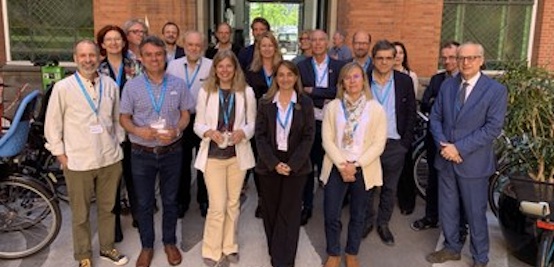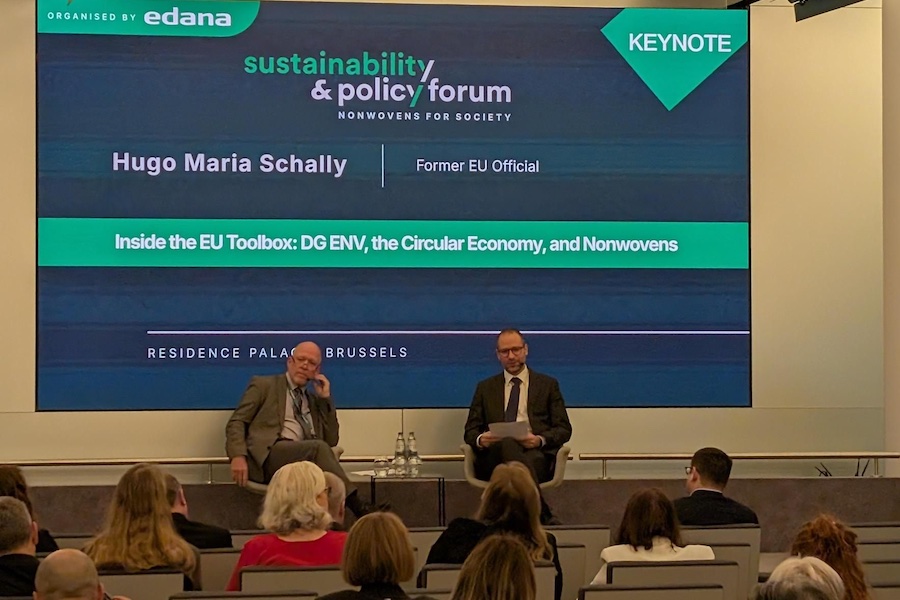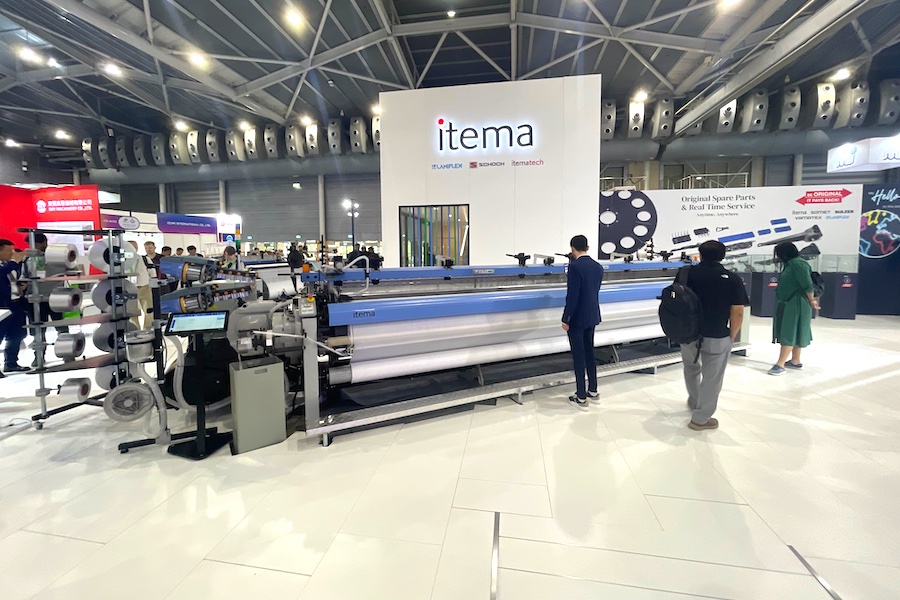#Sustainability
What are the impacts of PFAS polymers on our health and the environment?
Per- and polyfluoroalkyl substances (PFAS) have been in the spotlight for more than a decade due to their potential impacts on human health and the environment. This is especially true for certain compounds such as PFOS and PFOA, while the impacts associated with the chemical form of PFAS known as ‘PFAS polymers’, which in simple terms consist of larger molecules, have been considered to be lower.
However, evidence now also suggests that PFAS polymers can lead to various types of impacts during their lifecycles according to the EEA briefing ‘PFAS polymers in focus: supporting Europe’s zero pollution, low-carbon and circular economy ambitions’. The analysis provides the latest knowledge about the potential impacts on health, the environment and climate and provides background context to EU proposals to clarify the use of PFAS in Europe.
PFAS polymers currently make up a significant part, 24-40%, of the total volume of PFAS placed on the EU market, and they are widely used in a broad range of products and technologies. The EEA briefing stresses that it is essential to adopt a full life-cycle perspective on PFAS polymers when evaluating their impacts and deciding on their future use.
Identified concerns
It is generally understood that PFAS polymers are less toxic than non-polymeric PFAS. This is due to polymers having a larger molecular size, which limits their uptake into living cells (and therefore limits their potential toxicity). However, concerns have been raised in relation to a number of potential impacts during the lifecycle of PFAS polymers, the EEA briefing says. These concerns include:
Toxic effects to workers, the environment and communities surrounding factories can occur from chemicals used in the production of PFAS polymers and the different by-products generated during their production. Furthermore, there are environmental and human health concerns prompted by the degradation over time of certain PFAS polymers into smaller, persistent compounds, that may have a higher toxicity than their parent compounds.
Release of potent greenhouse gasses (e.g. trifluoromethane – HFC-23) and substances that can degrade the ozone layer (e.g. dichlorofluoromethane – HCFC-22) can occur during the production of PFAS polymers.
The widespread presence of PFAS polymers in products and materials can potentially act as a future barrier for recycling, since it is difficult to trace and separate these materials at the waste stage.
EU action
A recently proposed universal PFAS restriction under the EU’s REACH regulation, brought forward by Denmark, Germany, the Netherlands, Norway and Sweden, aims to ban all PFAS (including PFAS polymers) except for certain uses which have time-limited derogations. In a recent communication from the European Chemicals Agency (ECHA) and the dossier submitters, it was stated that restriction options, other than a ban, were also being considered for some uses.
More info:
PFAS polymers in focus: supporting Europe’s zero pollution, low-carbon and circular economy ambitions
Briefing - Published 29 Apr 2025
https://www.eea.europa.eu/en/analysis/publications/pfas-polymers-in-focus
PFAS in textiles in Europe’s circular economy
BriefingPublished 17 Sep 2024
https://www.eea.europa.eu/en/analysis/publications/pfas-in-textiles-in-europes-circular-economy












